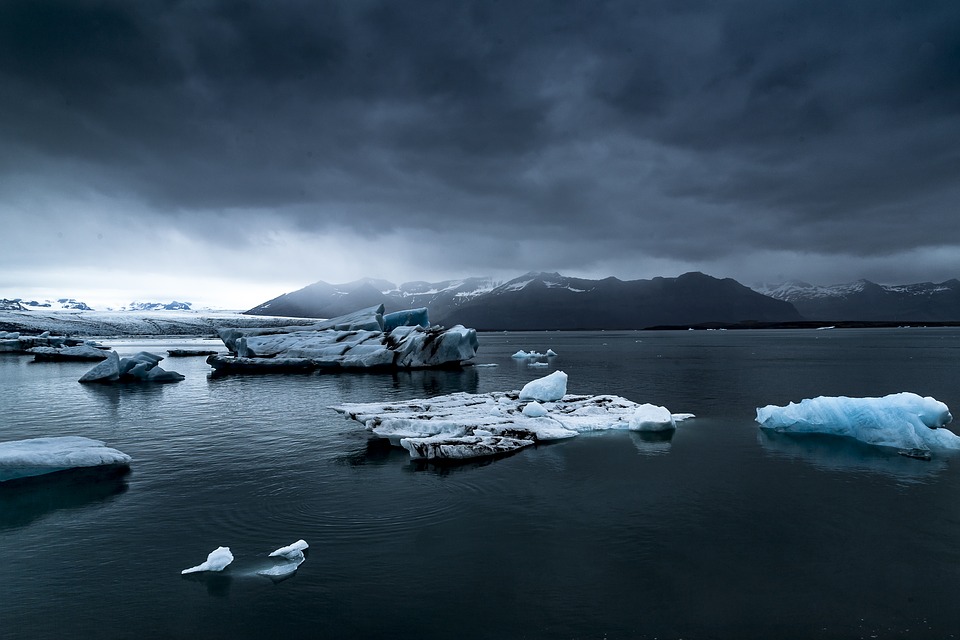Climate change is affecting the Earth on an alarming scale, resulting in protests calling for politicians to take action regarding this matter. NASA also gets in on raising awareness for climate change, and this time-lapse footage the space agency has released shows how quickly the glaciers in the polar regions are melting.
Express reports that NASA captured six seconds of time-lapse footage on the glaciers in Alaska, Greenland, and Antarctica. The footages showed how quickly the glaciers were melting since 1972, further contributing to the problem of rising sea levels. Some time-lapse footages have also shown how lakes are starting to form due to the melting glaciers and on the opposite end, the melting glaciers would result in landslides due to the land thawing out and the mountains formed crumbling down.
For example, the glaciers in Greenland dating way back to 1980 were found to have retreated to about five kilometers in 2018 alone. The Columbia glacier in Alaska that was first documented in 1972, has retreated 20 kilometers in 2019. While these icy formations are stunning to look at, the rapid thawing of these glaciers is a reminder of how much climate change is affecting the planet. The major concern for many scientists is that the melted water at the bottom of the glaciers could speed up the thawing process.
As far as rising sea levels are concerned, the sea levels go up by eight millimeters a year due to the melting ice.
Meanwhile, the International Space Station was previously able to capture some time-lapse footage of the Earth. With the first all-female spacewalk, NASA astronaut Christina Koch took the photo as the ISS was passing over Namibia and to the Red Sea, showing the lights seen from thousands of miles away.
The time-lapse footage revealed the circular star lights and light sources from Earth such as major cities appeared as yellow dotted streaks. What was even more fascinating about the photos was that it also captured the thunderstorms over the countries, appearing in the photos as circular white and blue flashes. The footage even included the airglow emitted from the Earth, stretching between 50 to 400 miles into the atmosphere.



 Senate Sets December 8 Vote on Trump’s NASA Nominee Jared Isaacman
Senate Sets December 8 Vote on Trump’s NASA Nominee Jared Isaacman  Tabletop particle accelerator could transform medicine and materials science
Tabletop particle accelerator could transform medicine and materials science  FDA Lifts REMS Requirement for CAR-T Cell Cancer Therapies
FDA Lifts REMS Requirement for CAR-T Cell Cancer Therapies  SpaceX’s Starship Completes 11th Test Flight, Paving Way for Moon and Mars Missions
SpaceX’s Starship Completes 11th Test Flight, Paving Way for Moon and Mars Missions  Lost in space: MethaneSat failed just as NZ was to take over mission control – here’s what we need to know now
Lost in space: MethaneSat failed just as NZ was to take over mission control – here’s what we need to know now  NASA Astronauts Wilmore and Williams Recover After Boeing Starliner Delay
NASA Astronauts Wilmore and Williams Recover After Boeing Starliner Delay  Trump and Merck KGaA Partner to Slash IVF Drug Costs and Expand Fertility Coverage
Trump and Merck KGaA Partner to Slash IVF Drug Costs and Expand Fertility Coverage  Neuralink Expands Brain Implant Trials with 12 Global Patients
Neuralink Expands Brain Implant Trials with 12 Global Patients  Ancient Mars may have had a carbon cycle − a new study suggests the red planet may have once been warmer, wetter and more favorable for life
Ancient Mars may have had a carbon cycle − a new study suggests the red planet may have once been warmer, wetter and more favorable for life  SpaceX Starship Explodes in Texas During Test, Citing Nitrogen Tank Failure
SpaceX Starship Explodes in Texas During Test, Citing Nitrogen Tank Failure 































